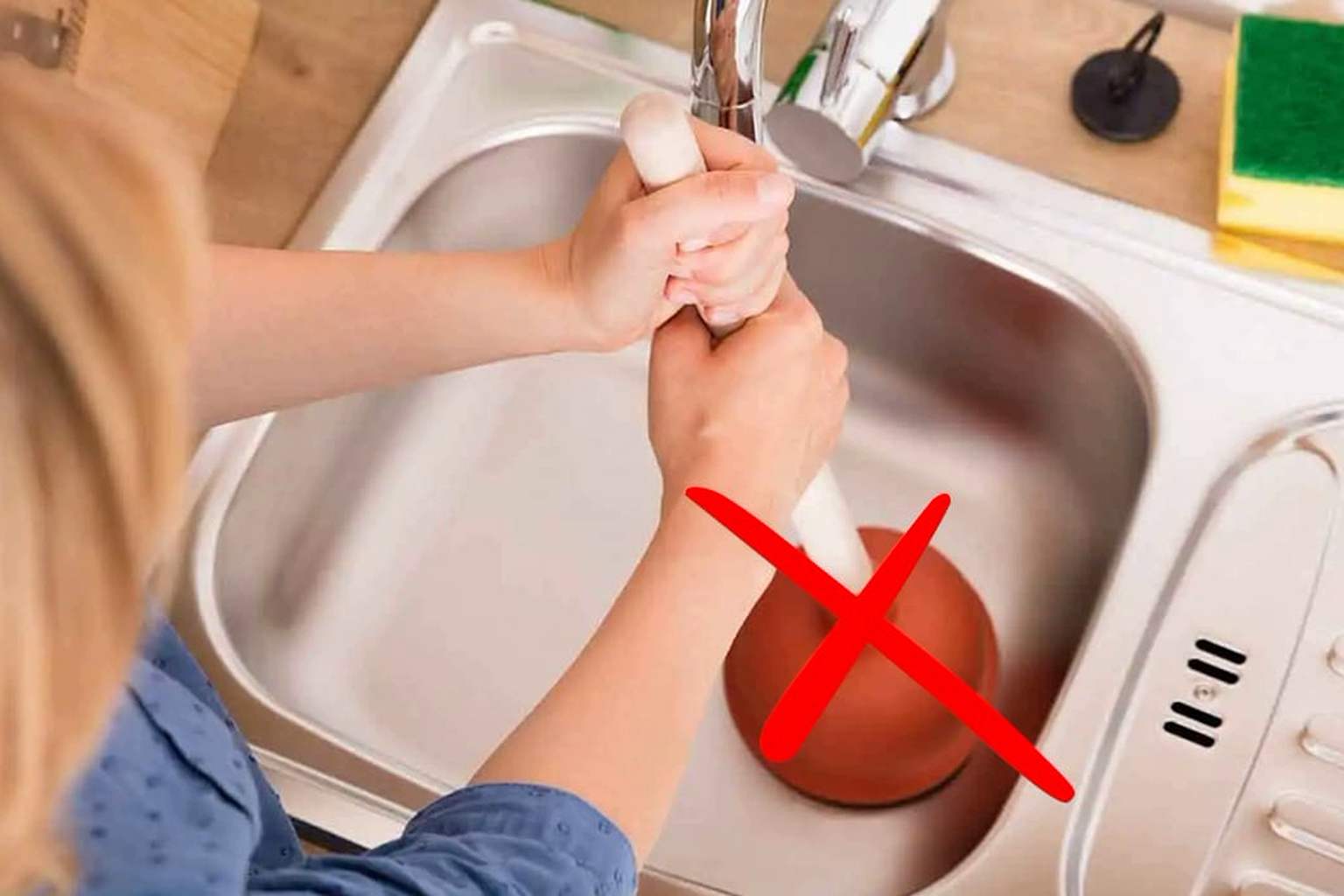Blocked sink ruining your day? You’re not alone. When water refuses to drain, frustration quickly builds, piling up with dirty dishes and unwelcome odors. But what if the fix was right in your kitchen cabinet, quick and affordable?
I’m a plumber, and I’m sharing an easy, effective trick to unclog any sink in five minutes using common household items. No heavy tools or costly products required—just a little know-how and patience.
Why common clog solutions don’t always work
Many people immediately turn to harsh chemical drain cleaners or call a plumber the moment their sink refuses to drain. Chemical solutions are often expensive, risky, and can damage your pipes with long-term use. Plus, calling a professional takes time and money.
But most sink clogs are caused by small build-ups of grease, soap scum, and food particles. This means a gentler approach can often do the trick—one that’s safer for your plumbing and the environment. That’s where a simple combination of liquid dish soap and hot water comes in.
How liquid soap and hot water unclog your sink
Here’s the trick: liquid dish soap is designed to cut through grease and oils—exactly the kind of mess clogging your pipes. When mixed with hot water, it becomes a powerful dissolver of greasy clogs.
To try it, pour a generous amount of concentrated liquid dish soap straight into the drain. Then, slowly add boiling water, allowing the hot water to soften and wash away the grease stuck inside the pipes. The soap helps by breaking down greasy residues, making them easier to flush out.
Within minutes, you’ll often hear gurgling sounds as the clog starts to dissolve and the water begins to drain normally again. This simple mixture avoids harsh chemicals, protecting your plumbing and the environment from damage.
Step-by-step guide to unclog your sink at home
You don’t need fancy tools or to take anything apart to do this. Here’s what to do:
1. Make sure there’s a small amount of standing water in the sink to help carry the solution down.
2. Pour in a good amount (about half a cup) of liquid dish soap directly into the drain.
3. Slowly add about one to two quarts of boiling water. Be careful pouring hot water to avoid burns.
4. Wait several minutes for the mixture to work its magic. You might hear bubbling or rushing sounds as the clog breaks up.
5. Test the drain by running warm water—if it’s still slow, repeat the process once more.
This method is perfect to keep in mind whenever you notice slow draining before it turns into a full clog that disrupts your day.
Long-term care tips to prevent future clogs
I learn something new on every job, but one lesson sticks: prevention is easier than fix. Once your sink is flowing smoothly, adopt simple habits to protect your pipes.
Never pour cooking oils, grease, or fat down the drain—they solidify and cause clogs. Instead, collect these in a container and toss them in the trash once cooled.
Make it routine to pour boiling water down your drain once a week. This flushes any developing residue and keeps things flowing freely.
Also, a small amount of liquid dish soap during this weekly flush doubles as a grease-fighting booster.
By maintaining this easy practice, you’ll not only save time and money but also extend the life of your home’s plumbing. Your pipes will thank you with fewer blockages and better water flow.
Why this method matters beyond your kitchen sink
When I first tried this soap-and-hot-water trick at home after a stubborn clog, I was amazed by how quickly the water drained again. It felt empowering to solve a common household problem with something right under my nose.
Beyond convenience, this approach respects your pipes and the environment. Unlike chemical drain cleaners that can corrode your plumbing and pollute waterways, dish soap and hot water are gentle but effective. It’s a small change that benefits both your wallet and the planet.
Next time your sink slows to a crawl, remember that you don’t need to panic or rush to spend money on harsh cleaners or professional help. This easy trick could save you time, stress, and expensive repairs.
Have you ever tried this method or another home remedy? Share your experience or questions below—let’s help each other keep our kitchens clog-free!
